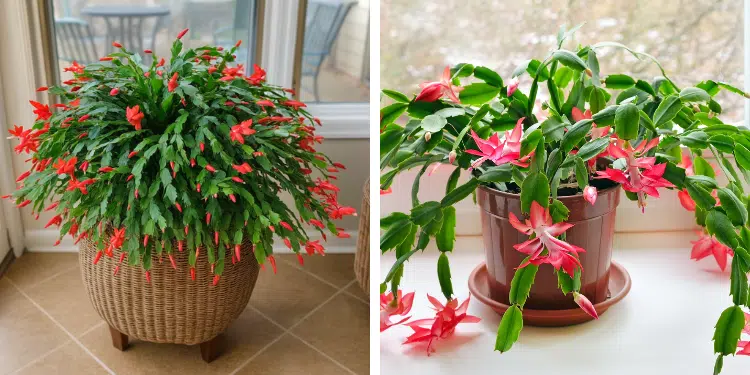The Christmas cactus (Schlumbergera spp.) is one of the most beloved winter-blooming houseplants, known for its spectacular cascades of flowers that brighten up the holiday season.
Unlike traditional desert cacti, Christmas cactus hails from the rainforests of Brazil, where it thrives in humid, shady environments.
Its unique needs often puzzle gardeners, and the key to ensuring a brilliant bloom lies in seasonal care.
September is the make-or-break month for your Christmas cactus. This is the time when the plant transitions from its summer growth phase into its bloom preparation cycle.
What you do in this month will determine whether you’ll enjoy lush, vibrant blossoms in late fall and winter – or end up with a cactus that produces few or no flowers.
Why September Is Critical for Christmas Cactus Blooming
Before diving into the specific steps, it’s important to understand why September is such a pivotal month.
Daylight changes: As daylight hours begin to shorten, Christmas cactus responds to the cues that tell it bloom season is coming.
Temperature shifts: Cooler nights in September simulate the plant’s native environment and encourage flower bud formation.
Growth slowdown: After a vigorous summer growth spurt, the plant naturally slows down, conserving energy for bloom production.
By aligning your care with these natural cycles, you’re essentially “tricking” the plant into believing it’s in its ideal Brazilian rainforest environment – resulting in abundant, colorful blooms right on time for the holidays.
1. Adjust Watering for Pre-Bloom Conditioning
Watering is the single most important factor in September care. Many growers unknowingly overwater or underwater their plants during this transition period.
How to Water in September
Reduce frequency: In summer, your Christmas cactus may have needed water every 5–7 days. In September, start spacing this out to every 10–14 days, depending on your climate and indoor humidity.
Use the finger test: Insert your finger 1–2 inches into the soil. If it feels dry, it’s time to water. If it’s damp, wait a few days.
Water deeply, then drain: When you do water, soak the soil thoroughly until water runs out of the drainage holes, then discard any excess water from the saucer.
Why This Works
This slight reduction in watering mimics the drier conditions the plant experiences before its bloom cycle in the wild. It tells the cactus: “Time to shift energy from leaves to flower buds.”
Pro Tips
Never let the soil stay soggy – this can cause root rot.
Don’t let it dry out completely either – too much stress can delay or prevent blooming.
If your indoor air is very dry, mist the leaves occasionally to maintain humidity.
2. Begin Light and Temperature Regulation
Christmas cactus is a short-day plant, which means it needs long nights and short days to initiate blooming.
September is the time to start adjusting light and temperature to trigger this process.
Light Requirements in September
12–14 hours of darkness: Place your plant in a room where it naturally gets long nights. Alternatively, cover it with a dark cloth or box from evening to morning.
Bright indirect light during the day: Set your cactus near an east- or north-facing window where it gets filtered daylight without direct sun.
Temperature Needs
Cool nights (50–60°F / 10–15°C): Exposure to slightly cooler night temperatures encourages bud formation.
Warm days (65–70°F / 18–21°C): Keep daytime temperatures mild to prevent stress.
Pro Tips
Avoid placing the plant near heat vents, radiators, or drafts – these sudden changes can make it drop buds.
If nights are naturally cool in your region, you can move the cactus outdoors for a few weeks (but bring it inside before frost).
3. Transition Fertilizing for Bud Formation
see continuation on next page
